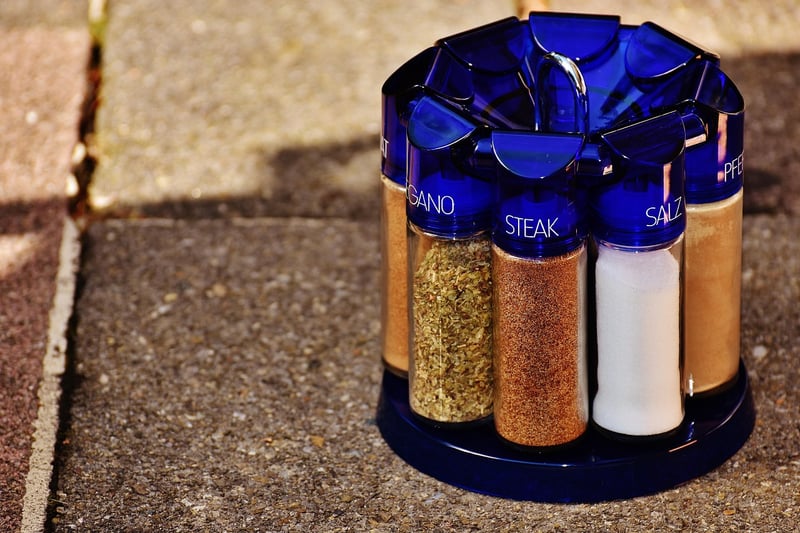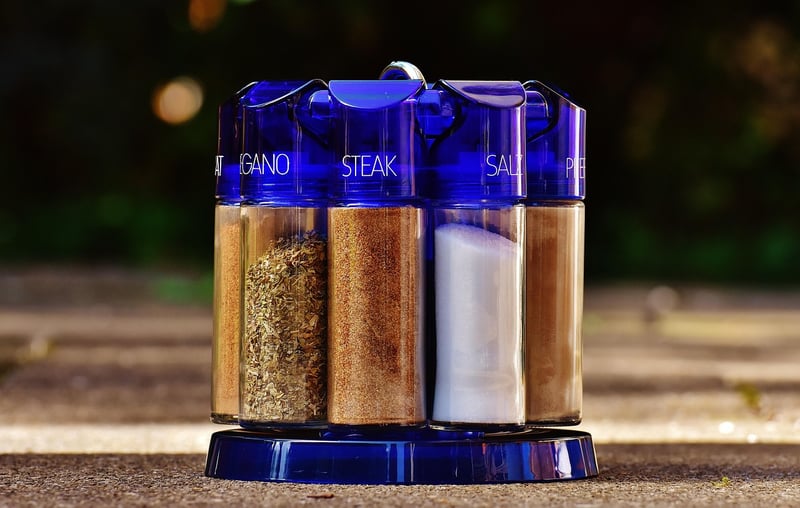Ingredient Substitutions
Enhance Your Culinary Knowledge with Ingredient Substitutions
Are you looking to elevate your cooking skills and expand your culinary repertoire? One way to do so is by mastering ingredient substitutions. Whether you're out of a key ingredient or looking to add a unique twist to a recipe, knowing how to substitute ingredients can truly enhance your cooking game. Let's delve into some essential ingredient substitutions to help you become a more versatile and creative chef.
1. Baking Powder and Baking Soda
These leavening agents are crucial in baking, but did you know that you can substitute one for the other in a pinch? If a recipe calls for baking powder and you only have baking soda, simply mix it with an acid like cream of tartar or yogurt to get similar results. Conversely, if you need baking soda and all you have is baking powder, increase the amount of baking powder to compensate.
2. Butter and Oil
Butter adds richness and flavor to dishes, but oil can be a healthier alternative. If a recipe calls for butter, you can usually substitute it with an equal amount of oil. Keep in mind that butter provides a different texture and flavor, so consider the impact on the dish before making the switch.
3. Fresh Herbs and Dried Herbs
While fresh herbs offer bright flavors and aromas, dried herbs can be a convenient substitute, especially when fresh herbs are not available. Remember that dried herbs are more potent than fresh ones, so you'll need less of them in your recipe. As a general rule of thumb, use one-third to one-half the amount of dried herbs when substituting for fresh herbs.
4. White Sugar and Honey
Looking to sweeten your dish with a natural alternative to white sugar? Honey can be a great substitute that adds depth and complexity to your recipes. When using honey instead of sugar, keep in mind that it is sweeter, so you'll need less of it. Additionally, consider adjusting the liquid content in your recipe to account for the added moisture from the honey.
5. All-Purpose Flour and Whole Wheat Flour
Whole wheat flour is a healthier alternative to all-purpose flour due to its higher fiber content. If a recipe calls for all-purpose flour and you want to boost its nutritional value, you can substitute it with whole wheat flour. Keep in mind that whole wheat flour absorbs more liquid than all-purpose flour, so you may need to adjust the liquid content accordingly.
By mastering ingredient substitutions, you can adapt recipes to suit your preferences and make the most of what you have in your pantry. Experimenting with substitutions can lead to delicious discoveries and help you become a more versatile and confident cook. So, next time you're in the kitchen, don't be afraid to get creative and try out some ingredient swaps!

Remember, the key to successful ingredient substitutions is to understand the role of each ingredient in a recipe and how it contributes to the overall dish. With practice and experimentation, you'll soon become adept at making substitutions that enhance the flavors and textures of your culinary creations.
Happy cooking!
